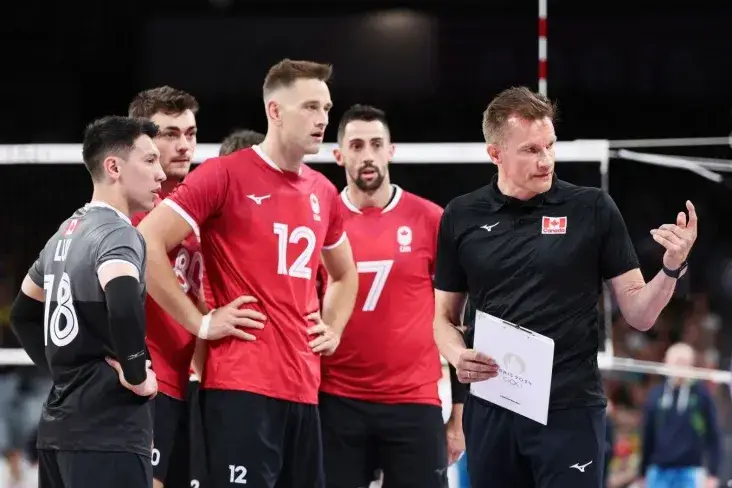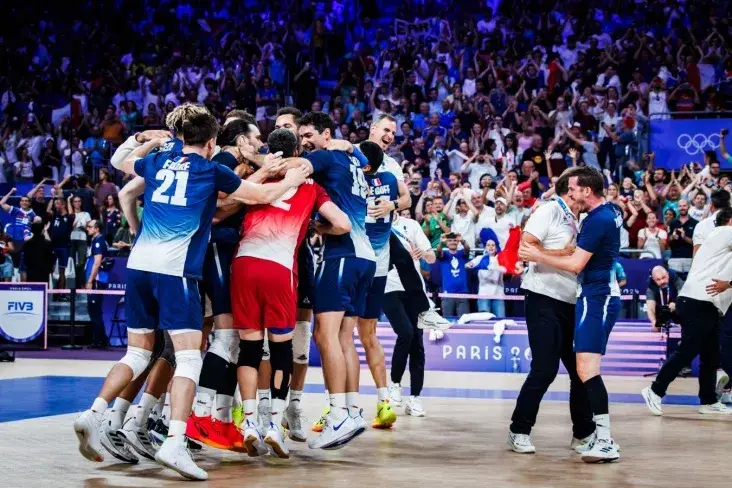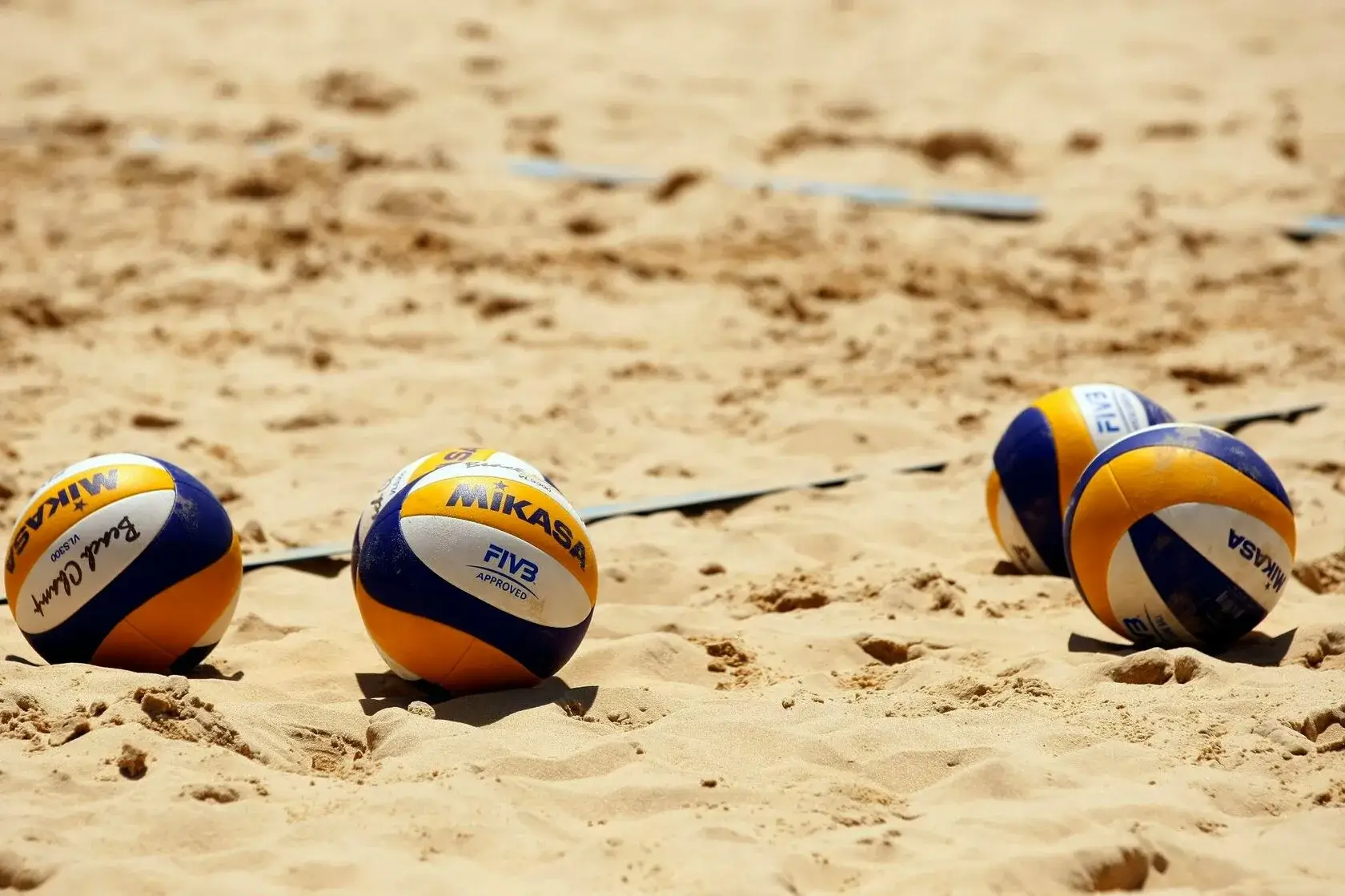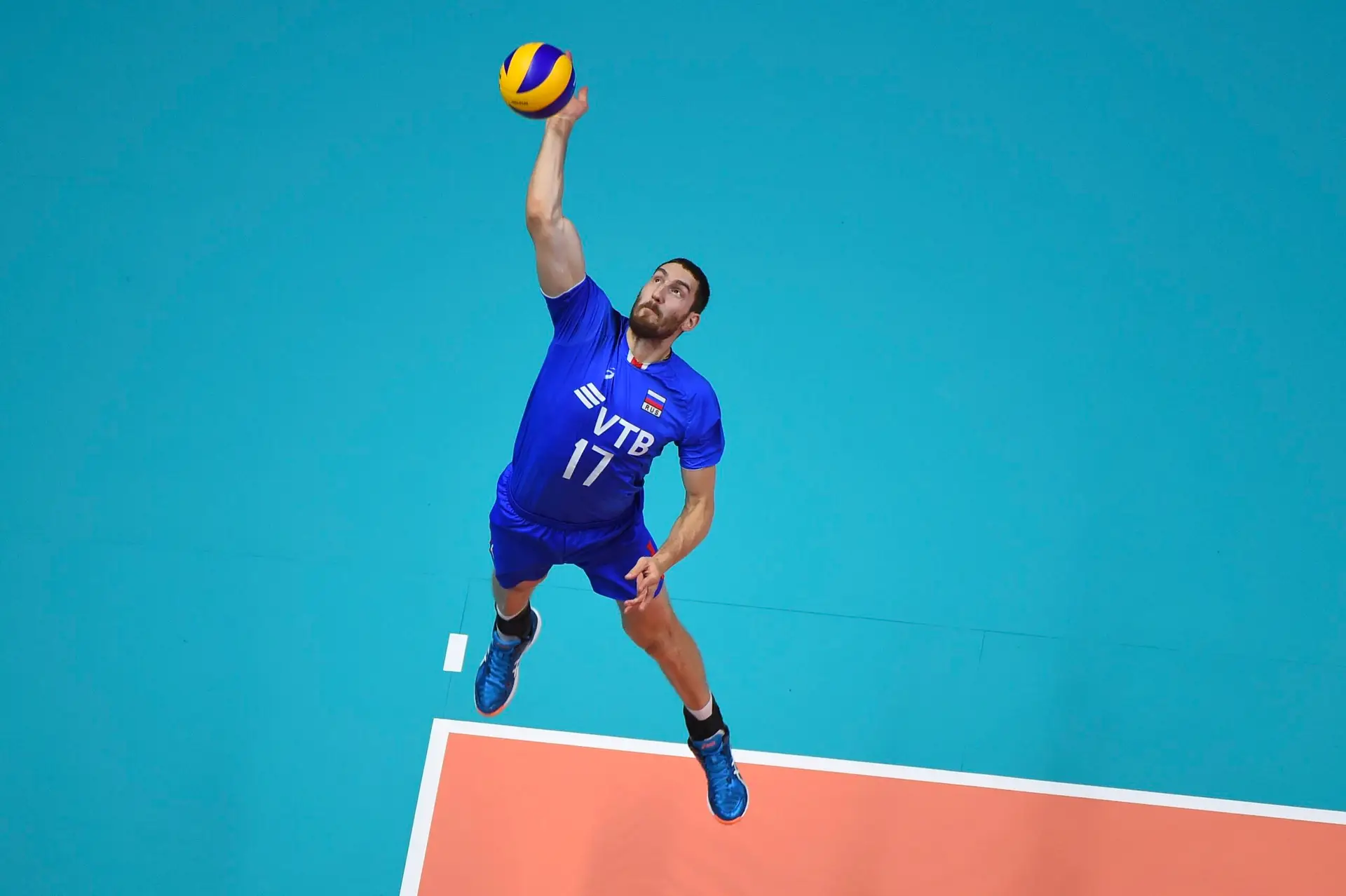Men’s volleyball continues to be one of the most popular and dynamic disciplines in the world of sport. In 2024, international competition has raised the bar, and the men’s volleyball team rankings were a reflection of this intense competition. Each national team proved not only the skill of the players, but also the strategic work of the coaches. In this article, we will look at the best teams, their performances and the key factors that determine their position on the world stage.
How are the world rankings for men’s volleyball teams compiled?
The world rankings are based on precisely defined criteria that take into account the results of recent matches, the stability of performances and the level of opponents. In 2024, the points system was changed slightly, making the battle for the top spot even more interesting.

Influencing factors
The positions in the ranking of men’s volleyball teams are determined not only by success on the court, but also by the influence of several additional parameters. The first indicator is participation in international competitions such as the Nations League, the World Championships or the Olympic Games. These tournaments offer the opportunity to achieve the maximum number of points.
The points system is based on the following principles:
- Those who win matches against higher-ranked teams receive more points.
- The results of the national championships also have an impact on the overall rating, as strong clubs strengthen the national team.
- The consistency of the team during the season is a decisive factor.
Parameters related to preparation include the work of coaches, the development of youth players and the adaptation of tactical schemes to specific opponents.
Influence of tournaments on the world rankings of men’s volleyball teams
The performance of teams at major tournaments plays an important role in shaping the rankings. The World Championships and the Olympic Games are still the most important events at which the most points are awarded. In the Nations League, teams compete for prestige and the opportunity to earn extra points, which is crucial in the off-season.
The international competitions offer a high level of competition. In 2024, particular attention was paid to the stability of performances, which allowed some national teams to move up the list.
The 5 best men’s volleyball teams in the world in 2024: who tops the rankings?
 The 2024 frontrunners are the national teams of Poland, Brazil, Italy, France and Russia. These teams have not only demonstrated high technical ability, but also strategic thinking, which has proven to be the key to success:
The 2024 frontrunners are the national teams of Poland, Brazil, Italy, France and Russia. These teams have not only demonstrated high technical ability, but also strategic thinking, which has proven to be the key to success:
- Poland is in first place thanks to stable victories in the Nations League and a successful performance at the World Cup. The team is known for its strong defence and excellent player coordination.
- Brazil, always a symbol of attacking volleyball, is in second place. The coaches are relying on young volleyball players to ensure a good game in 2024.
- Italy has climbed to third place thanks to its youth programme. The team impressed not only with a strong block, but also with a fast attack.
- France, known for its team play, is in fourth place. The team has shown outstanding progress in tactics and co-operation.
- Russia returned to the top 5 thanks to a reinvigorated squad and active youth development.
The best second-tier men’s volleyball teams in the rankings
These teams continue to battle for the top spot, showing a high pace of play and individual player skills:
- The USA remains one of the most consistent teams, highlighting the versatility of its players.
- Japan continues to excite fans with its innovative play and fast-paced style.
- Argentina is physically inferior to the top teams, but compensates for this with well thought-out tactics.
These teams have become serious contenders that could change the balance of power next season.
Key players and coaches in volleyball 2024
The leaders of the national teams play a key role in the success of their teams. In 2024, their professionalism and tactical skill on the court will be decisive time and again.
The most popular volleyball players in 2024
The most popular players include the representatives of the strongest national teams. Each of them is characterised not only by their sporting achievements, but also by their ability to inspire the team:
- Wilfredo Leon (Poland) is a symbol of universal volleyball. His serving technique and shot accuracy enable him to finish his sets efficiently.
- Ricardo Lucarelli (Brazil) is a volleyball legend in attack, known for his speed of reaction and his ability to read the game.
- Simone Gianelli (Italy) is an important link man who provides the attackers with perfect passes.
- Erwin Ngapet (France) is a master of the unexpected, whose improvisation helps France to unconventional victories.
- Egor Klyuka (Russia) is a shining example of a young talent who demonstrates stability and reliability in all phases of the game.
The popularity of these volleyball players is confirmed not only by their sporting results, but also by the love of fans all over the world.
The role of coaches in the success of national teams
The coaches set the strategy and ensure the development of the teams, which becomes an important element in a competitive environment. In 2024, their decisions will have a direct impact on the results of the matches and thus on the teams’ positions in the men’s volleyball rankings.
- Vital Heynen (Poland) has led the national team to stability and worked on improving teamwork.
- Renan Dal Zotto (Brazil) focussed on the development of new players, which enabled a smooth generational change.
- Gianlorenzo Blendgini (Italy) favours flexible tactical concepts that allow the team to adapt to any opponent.
- Bernardinho (France) is famous for his ability to motivate players and discover hidden talents.
- Tuomas Sammelvuo (Russia) has successfully integrated the youth department, which has been key to the team’s success.
Conclusion
 The ranking of the men’s national volleyball teams in 2024 reflects the intense battle for leadership. Each of the national teams featured in this overview has contributed to the development of world volleyball. The leaders have shown a combination of skill, strategy and teamwork that makes them role models.
The ranking of the men’s national volleyball teams in 2024 reflects the intense battle for leadership. Each of the national teams featured in this overview has contributed to the development of world volleyball. The leaders have shown a combination of skill, strategy and teamwork that makes them role models.

This season has been special thanks to intense tournaments, tactical innovation and the emergence of new stars. This year has proven that volleyball remains a dynamic and entertaining sport that continues to excite millions of fans.
 en
en  ru
ru  de
de  ar
ar  es
es  hi
hi  fr
fr  nl
nl  it
it  pt
pt  el
el 



